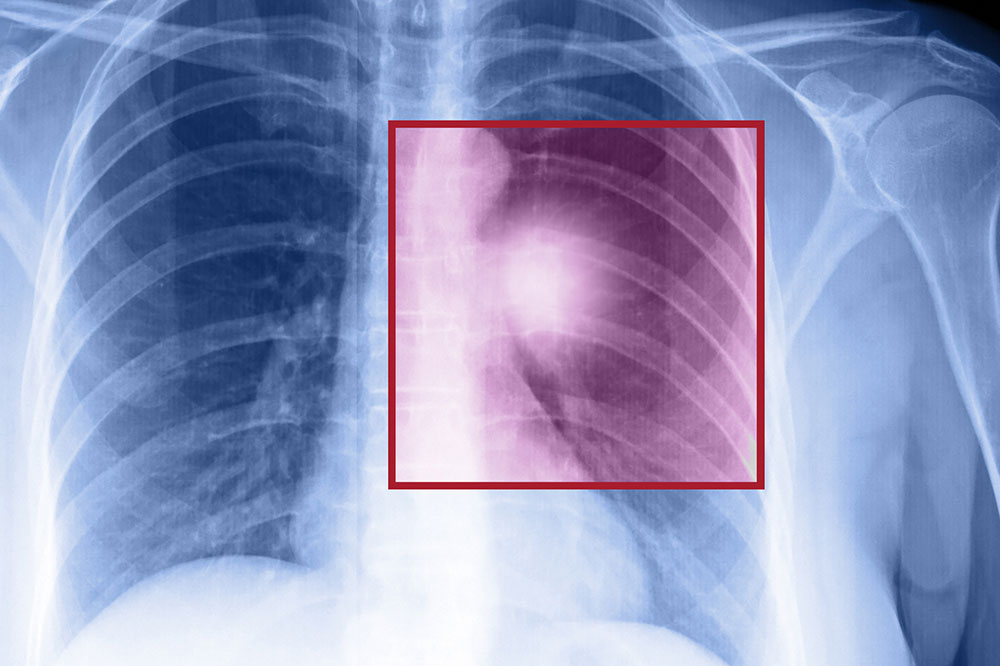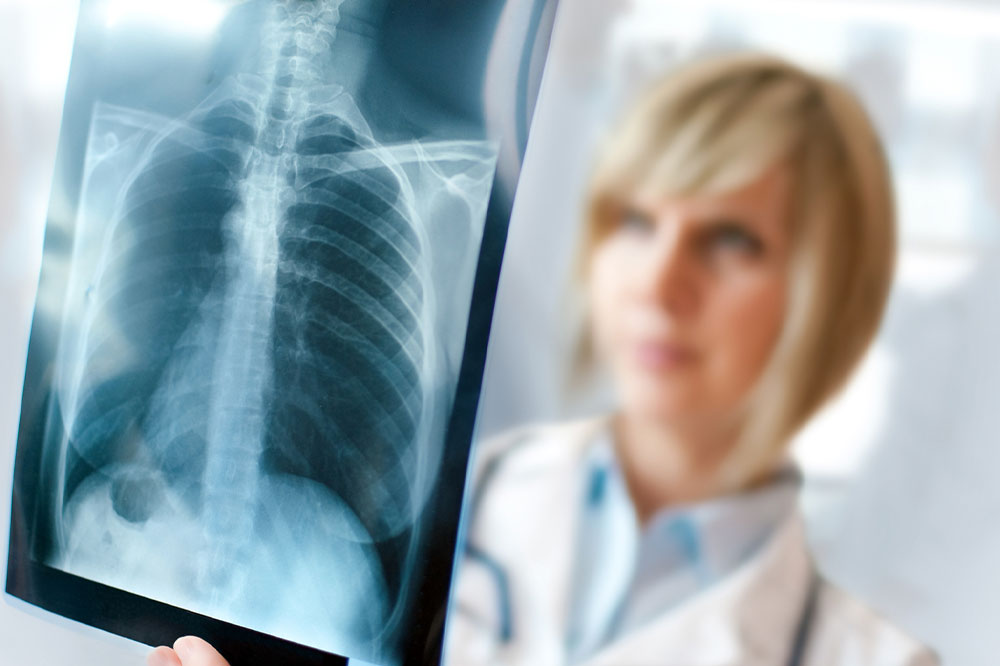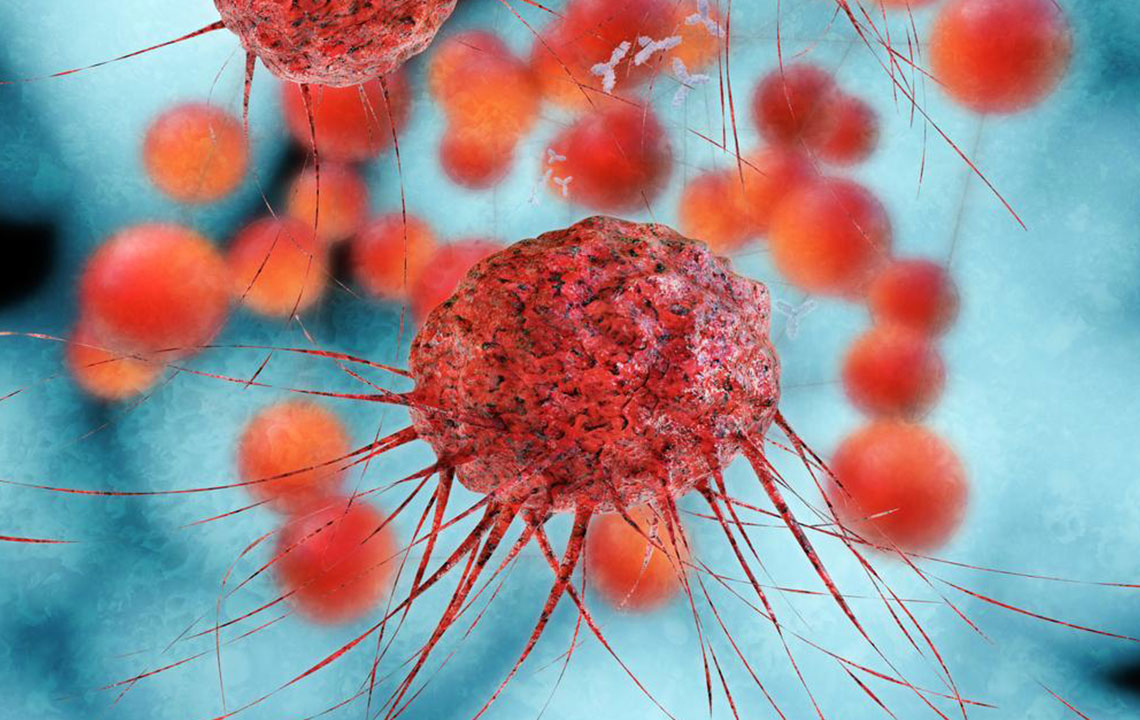In-Depth Guide to Lung Cancer: Types, Stages, and Progression Insights
This comprehensive guide provides detailed insights into lung cancer types and stages, emphasizing the importance of early detection and tailored treatment strategies to improve patient outcomes. Understanding these classifications helps in recognizing symptoms, guiding diagnosis, and planning effective interventions for different disease stages.

Understanding Lung Cancer: Comprehensive Types and Stages of Development
Lung cancer is a serious and often life-threatening disease that arises from abnormal cellular growth within the lungs. This uncontrolled proliferation of malignant cells damages the delicate tissues of the lungs and can interfere with vital respiratory functions. When these abnormal cells multiply uncontrollably, they form solid masses known as tumors. As the disease progresses, these tumors can invade surrounding tissues, spread to other parts of the body, and cause systemic complications. Recognizing the different types of lung cancer and understanding the various stages of disease progression are essential for early diagnosis, effective treatment planning, and improving patient outcomes.
Types of Lung Cancer: An Overview
Non-small cell lung cancer (NSCLC) - This constitutes the majority of lung cancer cases, responsible for approximately 80-85% of diagnoses. NSCLC tends to grow and spread more slowly compared to small cell lung cancer. It is further classified into subtypes such as adenocarcinoma, squamous cell carcinoma, and large cell carcinoma. Early detection of NSCLC is critical as it often presents with minimal symptoms in initial stages, but when diagnosed at an advanced stage, treatment options become more limited.
Small cell lung cancer (SCLC) - Also known as oat cell carcinoma because of its appearance under the microscope, SCLC accounts for about 10-15% of lung cancer cases. This type is characterized by rapid growth and early spread to lymph nodes and distant sites, making it more aggressive. SCLC is often associated with a strong link to smoking and tends to respond well to chemotherapy initially, although relapse is common.
Stages and Progression of Lung Cancer
The progression of lung cancer is categorized using a staging system that describes how far the cancer has spread within or outside the lungs. Understanding these stages is crucial for prognosis and selecting appropriate treatment modalities.
Stage 0: Carcinoma in Situ
This earliest stage, often called carcinoma in situ, involves very small tumors located within the innermost layers of the lung tissue. At this point, the malignant cells have not yet invaded surrounding tissues, and the disease is usually highly curable if diagnosed early. Detecting lung cancer at this stage is challenging because symptoms are typically absent or very mild, emphasizing the importance of regular screening for at-risk populations.
Stage 1: Localized Tumor
In stage 1, the tumor measures up to 4 centimeters in diameter and remains confined within the lung tissue. There is no involvement of lymph nodes or distant organs, which makes this stage highly amenable to curative treatments such as surgery and targeted therapy. Early detection at this point significantly improves survival rates. Symptoms might include persistent cough, chest pain, or blood in sputum, although some patients remain asymptomatic.
Stage 2: Local Spread
During stage 2, the tumor may grow larger, and the cancer could have spread to nearby lymph nodes or adjacent areas within the lung or surrounding organs. This stage indicates a progression that may require combination therapies, including surgery, chemotherapy, or radiation therapy. Patients often experience more noticeable symptoms, such as increased coughing, weight loss, or fatigue.
Stage 3: Regional Spread
Stage 3 lung cancer involves more extensive spread, with tumors potentially of any size and an increased likelihood of lymph node involvement and invasion into neighboring mediastinal structures. This advanced stage often presents with more severe symptoms and may require multimodal treatment approaches. Surgical options may be limited depending on the extent of spread, and prognosis is generally poorer than earlier stages.
Stage 4: Distant Metastasis
The most advanced stage, stage 4, signifies that the cancer has spread beyond the lungs to distant organs such as the liver, bones, brain, or opposite lung. Involvement of the pleura or the formation of malignant effusions is also common. At this point, treatment mainly focuses on prolonging quality of life and alleviating symptoms through systemic therapies like chemotherapy, immunotherapy, or targeted treatments. The prognosis at this stage varies but is generally less favorable due to widespread disease.





